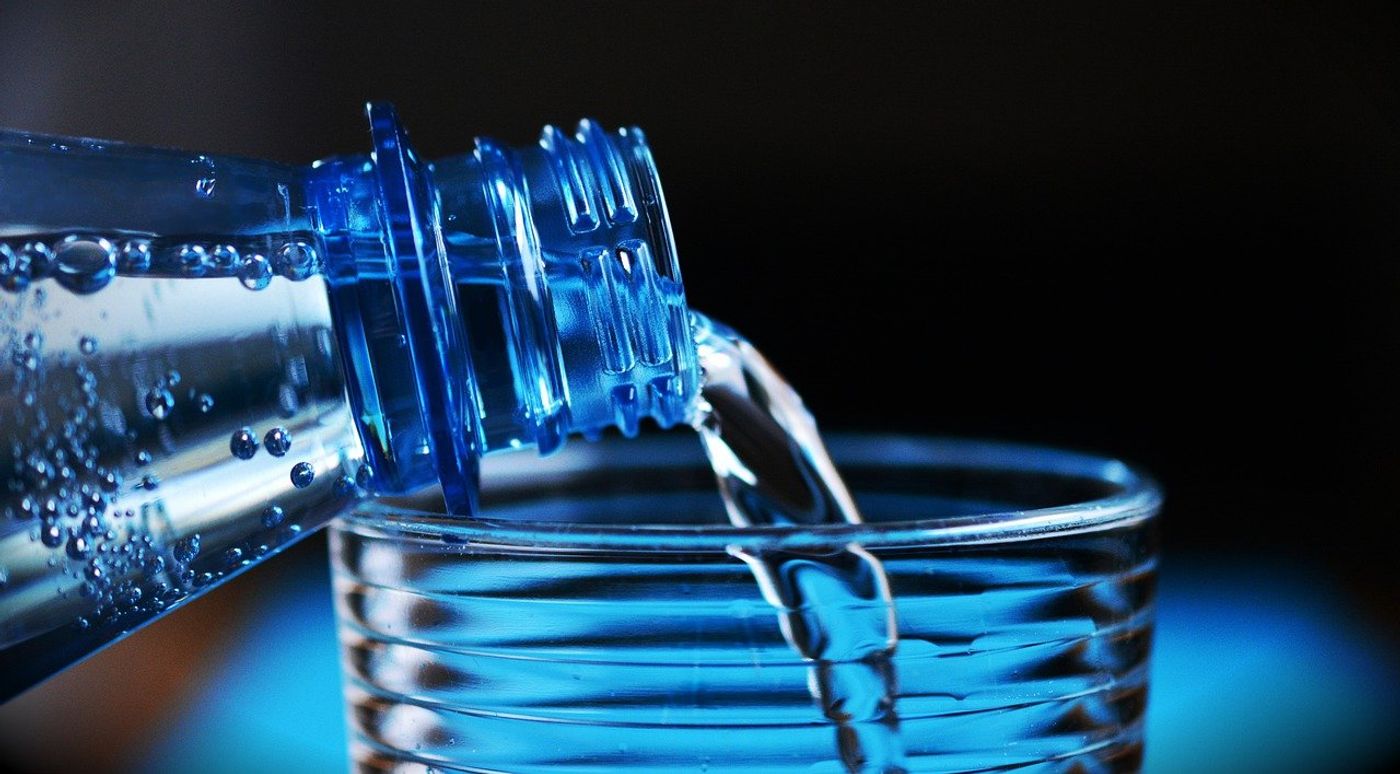From seawater to drinking water, with the push of a button!
The average human body is made up of between 55-60% water. It is literally the most essential substance for our very survival. While 70% of the world is covered in water, only 3% is fresh water and two-thirds of that is tucked away in frozen glaciers or otherwise unavailable for our use. This leaves a meager 1% of freshwater available for our very survival. While desalinization plants are on the rise to help combat this shortage in freshwater, their average operating costs in the United States are approximately $50 million per year. This makes it more important to establish cheaper desalinization methods for the long-term. But imagine being able to turn seawater to fresh drinking water at the push of a button instead of relying on big expensive production plants to do it for you.
This is exactly what researchers at the Massachusetts Institute of Technology (MIT) have done, as revealed in a new study in Environmental Science & Technology. They have developed a portable desalination unit, weighing less than 10 kilograms (22 pounds), that can remove particles and salts to generate drinking water. Tired of those desalinization production plants polluting the environment? Get yourself a desalinization suitcase! This bad boy requires less power to operate than a cell phone charger, can also be driven by a small, portable solar panel, which can be purchased online for around $50. It automatically generates drinking water that exceeds World Health Organization quality standards. The technology is packaged into a user-friendly device that runs with the push of one button. How awesome is that?! Tired of constantly replacing water filters? Unlike other portable desalination units that require water to pass through filters, this device utilizes electrical power to remove particles from drinking water. Eliminating the need for replacement filters greatly reduces the long-term maintenance requirements. What a bargain!
"This is really the culmination of a 10-year journey that I and my group have been on. We worked for years on the physics behind individual desalination processes, but pushing all those advances into a box, building a system, and demonstrating it in the ocean, that was a really meaningful and rewarding experience for me," says co-author Jongyoon Han, a professor of electrical engineering and computer science and of biological engineering, and a member of the Research Laboratory of Electronics (RLE). The study’s lead author, Junghyo Yoon, a research scientist in RLE, hopes to make the device more user-friendly and improve its energy efficiency and production rate through a startup he plans to launch to commercialize the technology.
"Right now, we are pushing our research to scale up that production rate," Yoon says. This is definitely an exciting project, and I am proud of the progress we have made so far, but there is still a lot of work to do.”
Just imagine a day when desalinization plants are a thing of the past, where you can desalinize your own water at literally the push of a button! As technology continues to improve, so will our chances of having a much better planet in the future!
As always, keep doing science & keep looking up!
Sources: United States Geological Survey, World Wildlife Fund, Yale School of the Environment, Advisian, Environmental Science & Technology, United Nations Environment Programme









